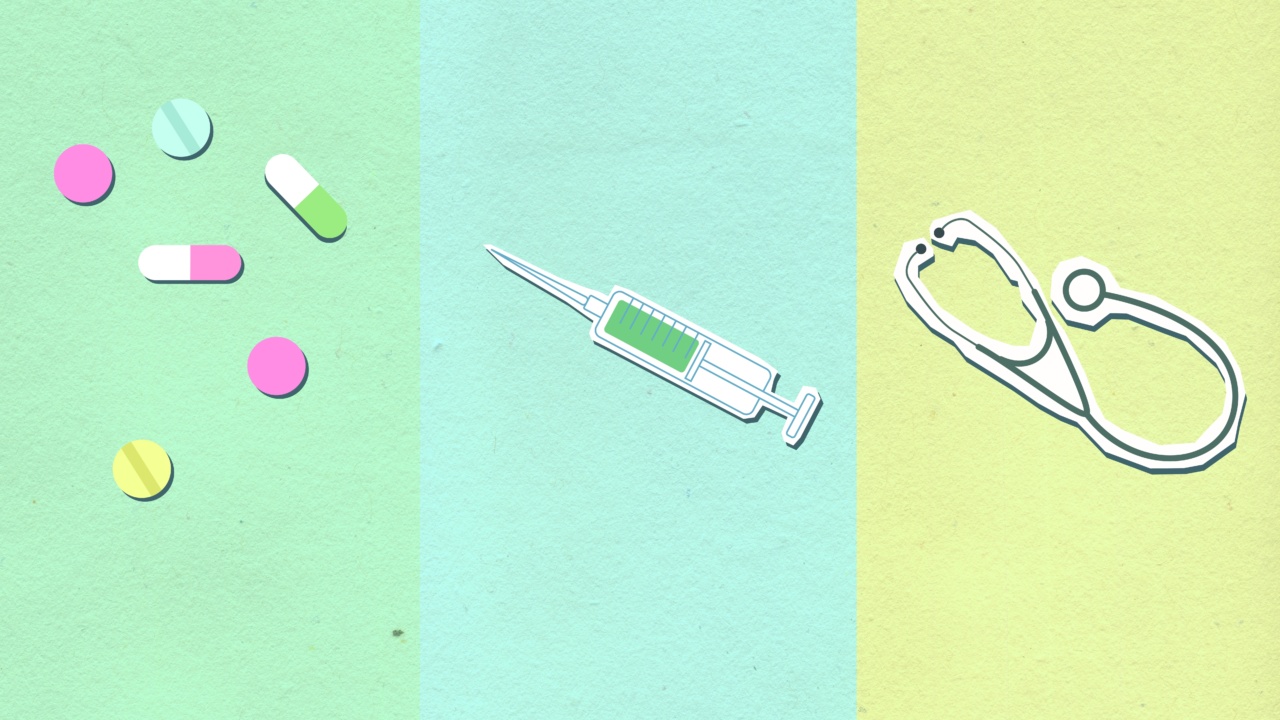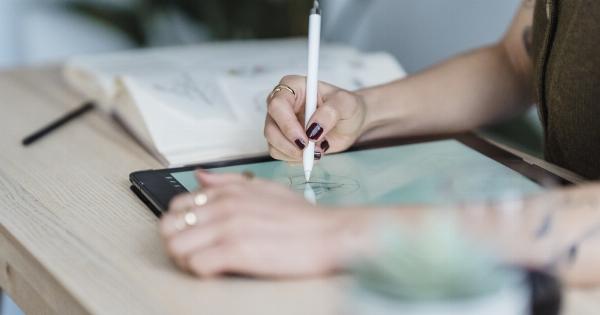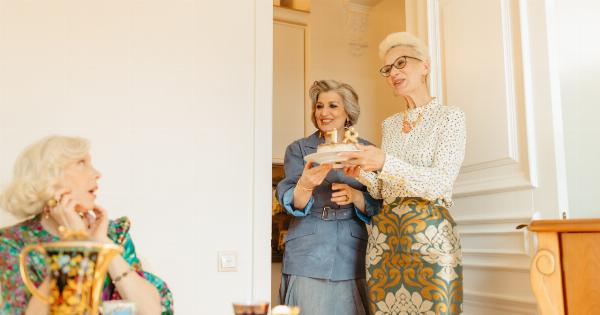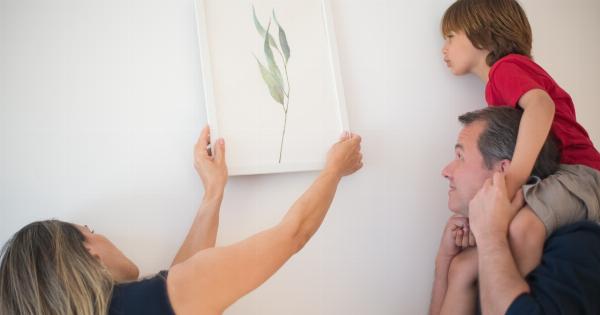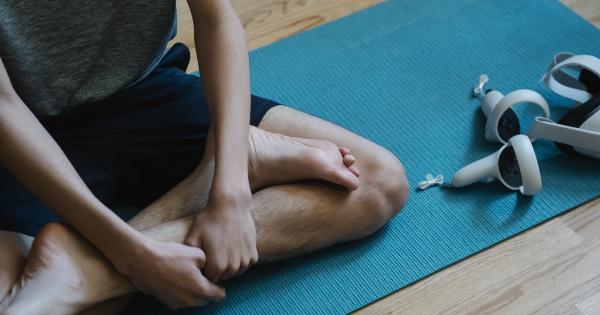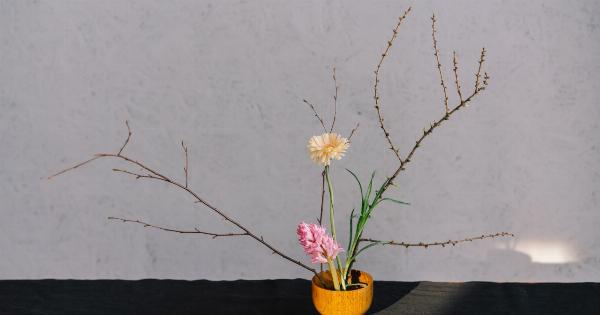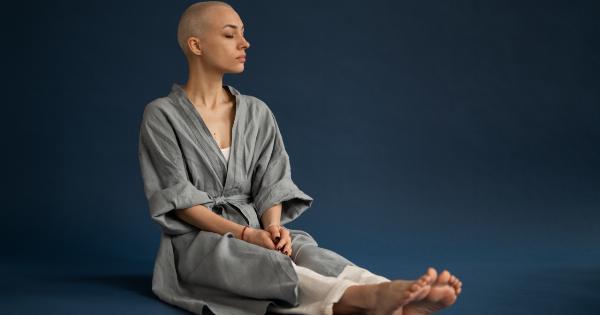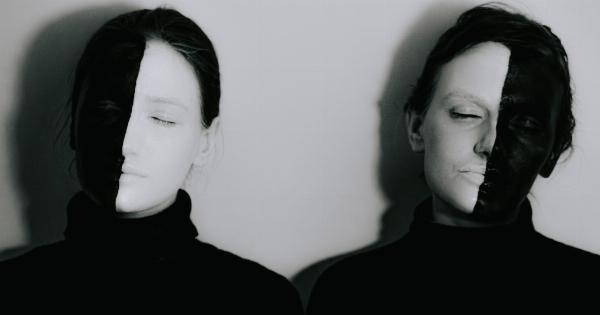Art therapy is a creative form of therapy that involves a combination of art-making and psychotherapy. The main aim is to help people who may be experiencing emotional, psychological or mental difficulties to express themselves through art.
The benefits of art therapy
Art therapy offers a range of benefits for those who engage in it. These benefits include:.
- Reduced stress and anxiety – by helping people to express themselves, art therapy can be a great way to reduce stress and anxiety levels.
- Improved communication skills – art therapy can help people to communicate more effectively, especially where verbal communication may be a challenge.
- Enhanced problem-solving abilities – creating art often requires a great deal of problem-solving, which can help to enhance these skills in other areas of life.
- Increased self-awareness – by exploring their own feelings through the creation of art, individuals can gain a greater understanding of their own emotional state.
- Boost in self-esteem – art therapy can help people to feel more confident about their own abilities and talents.
How art therapy works
Art therapy is usually facilitated by a qualified art therapist who will work with individuals or groups. The therapist will provide a safe and supportive environment in which participants can feel comfortable expressing themselves through art.
They may use a range of different art materials, such as paint, pencils or clay, depending on the needs of the individual.
People who engage in art therapy will be encouraged to create art that reflects their inner feelings and experiences. The art therapist may then help the individual to interpret their art, by providing guidance or asking questions.
Over time, this can help people to gain a better understanding of their own emotions and experiences.
Who can benefit from art therapy?
Art therapy can be beneficial for people of all ages and backgrounds. It can be particularly helpful for those who have experienced trauma, who are living with mental health issues, or who struggle with communication difficulties.
Art therapy is also used as a form of rehabilitation for individuals who have suffered physical injuries or illness.
The science behind art therapy
Art therapy is a field that is still relatively new, but there is growing evidence to suggest that it can be an effective form of therapy.
Research has shown that engaging in creative activities can help to reduce stress levels, boost mood, and improve psychological wellbeing.
Studies have also demonstrated the neurobiological effects of art therapy. Creating art can stimulate the release of dopamine, a neurotransmitter that is associated with pleasure and reward, and can help to modulate stress.
Getting started with art therapy
If you are interested in exploring art therapy, the first step is to find a qualified art therapist. They can provide guidance and support in a safe and supportive environment.
You can search for registered art therapists online or through professional associations such as the Art Therapy Association.
It is important to remember that art therapy is not about creating “good” art – it is about expressing yourself in a way that feels meaningful to you.
It is a process, not a product, and it is entirely focused on your own individual experience.
The future of art therapy
As more research is conducted into the benefits and effectiveness of art therapy, it is likely that it will become more widely recognised and available.
In addition to traditional one-on-one therapy sessions, art therapy may also be offered in group settings, in schools and universities, and in hospitals and care homes.
The bottom line
Art therapy is a powerful tool that offers a range of benefits for those who engage in it.
Whether you are struggling with mental health issues, facing communication challenges, or simply looking for a way to express yourself, art therapy can provide a safe and supportive environment in which to explore your inner world.
